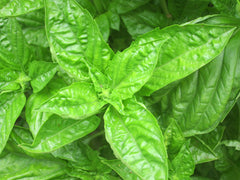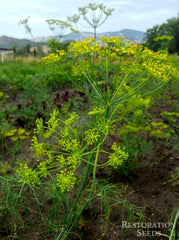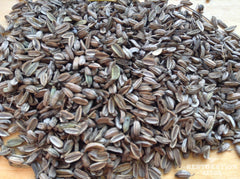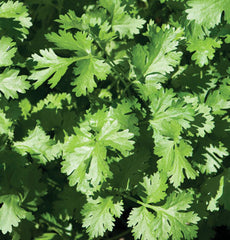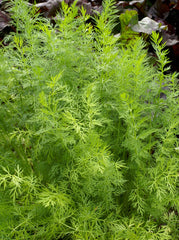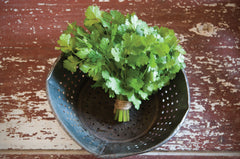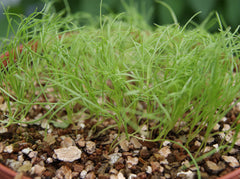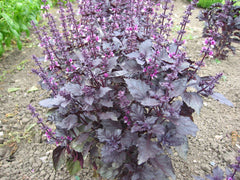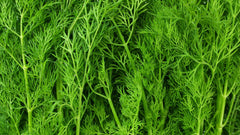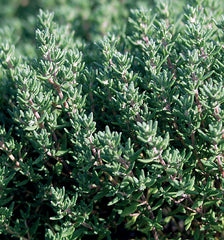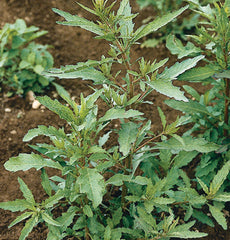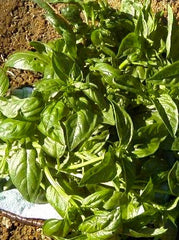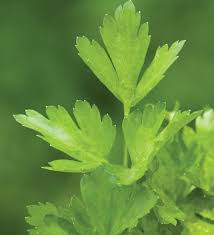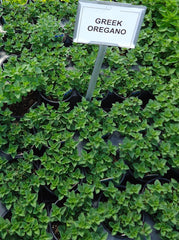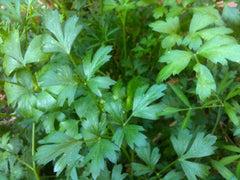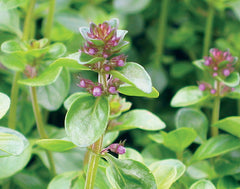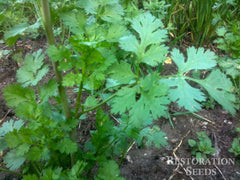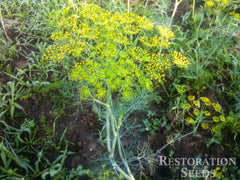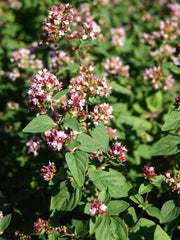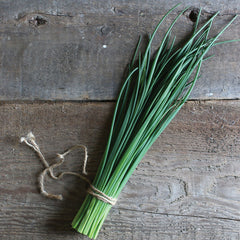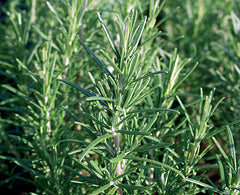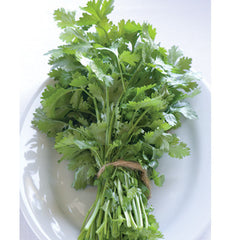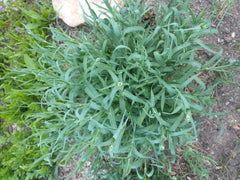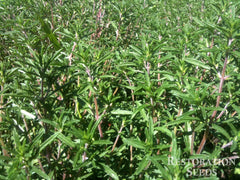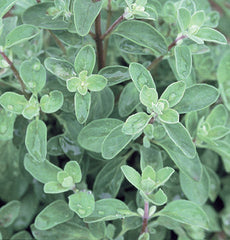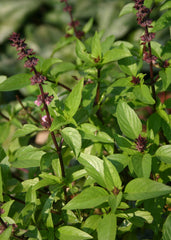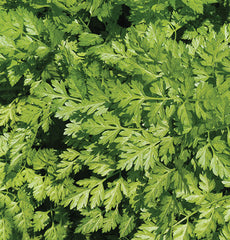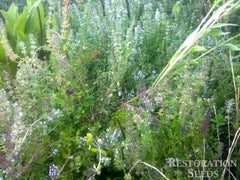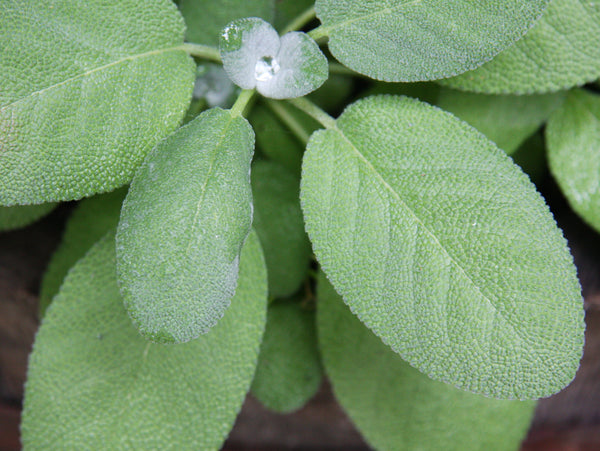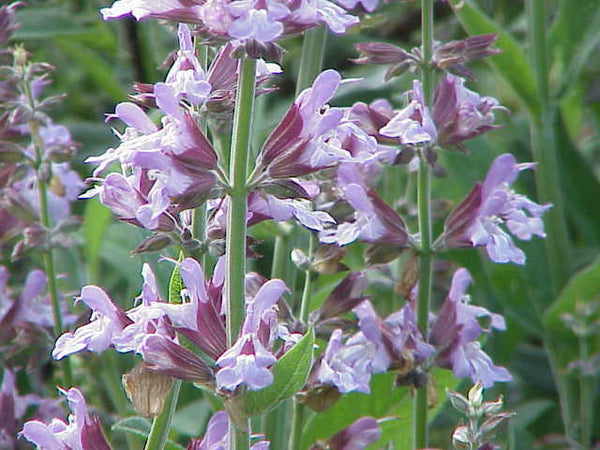Broadleaf common sage
Salvia officinalis
HOW TO GROW COMMON SAGE
Start indoors 6–8 weeks before last frost. Sow 2-3 seeds 1/4" deep in individual containers, thinning to one plant per container after germination. Transplant outside after the last frost. Harden off by placing outside and reduce water 2-3 days before planting out after last frost. Direct sow outside after danger of hard freeze has passed. Individual leaves may be harvested the first year once plants have become established. In the second and following years, cut stems to within 6" of the base of the plant just as flowers are starting to open. Hang small bunches of sage upside down to dry in a well-ventilated location out of direct sunlight. Replace plants every 3–4 years. Soil pH 5.6-7.8. Hardiness zones 5-9. Perennial.
Days from maturity calculated from the date of seeding. Average 2900 seeds per ounce. Federal germination standard: 60%. Usual seed life: 5–6 plus years.
Planting Depth 1/8–1/4"
Soil Temp. Germ. 68˚F
Days to Germ. 7–21
Plant Spacing 8–12”
Row Spacing 18”
Days To Maturity 80–100
Full Sun, Moist Well Drained
Days from maturity calculated from the date of seeding. Average 2900 seeds per ounce. Federal germination standard: 60%. Usual seed life: 5–6 plus years.
Planting Depth 1/8–1/4"
Soil Temp. Germ. 68˚F
Days to Germ. 7–21
Plant Spacing 8–12”
Row Spacing 18”
Days To Maturity 80–100
Full Sun, Moist Well Drained
- 200 Seeds$4.10
- 2000 Seeds$15.50
A staple of the herb garden. Dusty, green leaves are used in dressing, sauces, salted herbs, sausage and tea. Makes a good base for dried floral wreaths. Good for container growing, plants grow 16–30” tall. Common sage is winter hardier than white sage. Also known as sage, garden sage, golden sage, kitchen sage, tru...
A staple of the herb garden. Dusty, green leaves are used in dressing, sauces, salted herbs, sausage and tea. Makes a good base for dried floral wreaths. Good for container growing, plants grow 16–30” tall. Common sage is winter hardier than white sage. Also known as sage, garden sage, golden sage, kitchen sage, true sage, culinary sage, Dalmatian sage and common sage. Tags: Specialty: Drought Tolerant, Heritage: New Listing, Certification: Organic.
It is a member of the mint family Lamiaceae and native to the Mediterranean region. Salvia officinalis was described by Carl Linnaeus in 1753. It has been grown for centuries in the Old World for its food and healing properties, and was often described in old herbals for the many miraculous properties attributed to it. The specific epithet, officinalis, refers to the plant's medicinal use—the officina was the traditional storeroom of a monastery where herbs and medicines were stored. Habitat include Dry banks and stony places, usually in limestone areas and often where there is very little soil.
It is a member of the mint family Lamiaceae and native to the Mediterranean region. Salvia officinalis was described by Carl Linnaeus in 1753. It has been grown for centuries in the Old World for its food and healing properties, and was often described in old herbals for the many miraculous properties attributed to it. The specific epithet, officinalis, refers to the plant's medicinal use—the officina was the traditional storeroom of a monastery where herbs and medicines were stored. Habitat include Dry banks and stony places, usually in limestone areas and often where there is very little soil.
Learn More
Reviews
